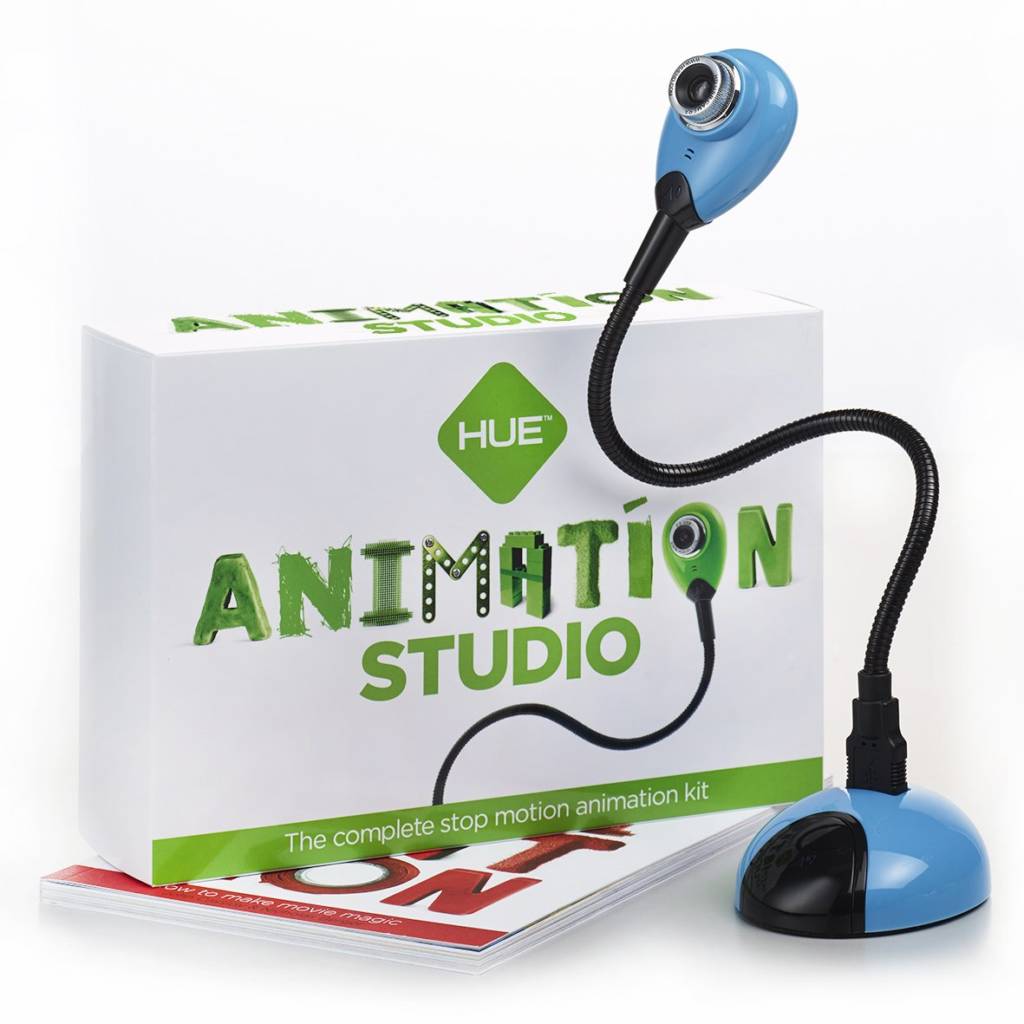Aperture, ISO and shutter speed are foreign words for you? Here you’ll learn the most important camera settings for your Stop Motion shoot!
Before taking the first picture, it is important to make the right settings on the camera. The available settings may vary, depending on whether you are using a compact camera, SLR, or your smartphone. Check the manual of your device if you are unsure.
First, you should switch to manual mode. On most cameras there is a wheel, which you have to set to “M”. Most stop motion apps for the smartphone also offer this option. In manual mode, you have additional settings such as shutter speed, aperture and ISO sensitivity. These settings are so important because they allow you to manually control the brightness of the images. Normally, the camera would calculate this automatically, but this could cause differences in brightness between images, which we definitely want to avoid.
Manual Exposure
Generally speaking, the brightness, ie the exposure, of the image depends on these three factors:
- the longer the exposure, the brighter the picture becomes
- the larger the F-number, the darker the picture becomes
- the higher the ISO number, the brighter the picture becomes
The shutter speed is the amount of time that light falls on the camera’s sensor. The longer this time span, the brighter the picture becomes. The exposure time is given in seconds and a typical value is, for example, 1/200 second.
The F-stop controls how much light can fall through the lens on the image sensor. The smaller the F-number, the farther the aperture is opened, the more light falls on the sensor and thus the picture becomes brighter. Especially with your stop motion films, the aperture plays a second important role: With it, you can control the size of the focus area and the depth of field. If you want your foreground and background to be blurred to emphasize your main subject, you should choose the lowest possible F-number. With smartphone, the aperture is usually fixed and not changeable.
The ISO number indicates the sensitivity with which the image sensor reacts to light, so the higher you select the ISO number, the more sensitive the sensor and the brighter the image will be. However, this also has a big disadvantage: If the sensor does not get enough light at a high ISO number, it “invents” the missing information. This creates a noisy picture with wrong pixels. So choose the ISO number as low as possible. Most of the time, 100 is the lowest value, but depending on the features and quality of your camera, you can go to 1000 if necessary.
If you control the exposure manually, you will usually see the brightness indicator on the display with a scale. If the line on this scale is exactly in the middle, then you have chosen the settings correctly and you get a normal exposed image. In normal lighting conditions, try these settings for starters: exposure time 1 / 80s, aperture F4.5 and ISO 100. However, sometimes you can deliberately overexposure or underexpose to achieve certain effects. Just experiment with the settings!
Picture Format and Resolution
If you make the right adjustments on the camera before shooting, you can save a lot of work on the post. I recommend you to shoot your movie in 16:9 format with the Full HD resolution of 1920×1080 pixels. This is the standard format for movies, which is displayed on almost all televisions and computer monitors in perfect quality and without black bars.
With many cameras, you can make these settings in the menu. If the resolution 1920×1080 is not available, simply select the next larger option.

